Ho Chi Minh City - Dr. Dang Thi Tung Loan and her colleagues discovered that in human hair follicles there are stem cell nests that can be used as materials to restore and regenerate, preventing hair loss.
During more than 2 years of research, Dr. Loan (Faculty of Biology - Biotechnology, University of Science, Vietnam National University, Ho Chi Minh City) and her colleagues successfully cultured two types of mesenchymal and epithelial stem cells from human hair follicles.
Accordingly, mesenchymal stem cells in the follicle body will develop into groups of hair follicle sheath cells. Epithelial stem cells will develop into keratinocytes, helping to secrete keratin to form hair fibers. The mesenchymal cells at the bottom of the hair follicle, also known as dermal papilla cells, have the role of creating signals to activate the hair follicle growth cycle.

Dr. Dang Thi Tung Loan (right) and members of the research team observe the development of hair follicle stem cells under a microscope. Photo: Ha An
To extract hair follicle stem cells, the team used a pen-shaped device that mimicked plucking. The deeper the hair root was removed, the entire follicle could be harvested. The follicle was isolated, cultured, and characterized for different types of stem cells. The team then combined mesenchymal, epithelial, and dermal papilla stem cells with the scaffold to create an artificial follicle tissue mass.
Dr. Loan said that the group is using artificial capsules to implant on mouse skin. To move to the practical stage on humans, it is necessary to conduct experimental models to prove safety, calculate dosage rates, mixing formulas, and build effective regimens before carrying out clinical trials.
Stem cells always exist in a silent state in the stem cell nests of the human body. When the body is injured, this location will send a signal to mobilize stem cells from the nest to go to the injured location and perform the healing process. According to Dr. Loan, the source of stem cells from hair follicles is evaluated by the group as safe and less invasive compared to sources from fat tissue and bone marrow.
The group's research not only opens up the prospect of developing natural hair regeneration technology from stem cells but also creates a mechanism to stimulate hair follicle growth. Therefore, this cell source can also be used to test active ingredients that have the effect of restoring hair follicles, creating a scientific basis for developing drugs, cosmetics in the form of sprays, ointments, shampoos... to help restore and make hair healthier. The group expects in-depth research from hair follicles to solve the root cause of hair loss and support the development of products and methods with outstanding advantages.
The team's findings were published in the Research Journal of Biotechnology in August.

Human hair follicle stem cell culture box of the research team. Photo: Ha An
However, according to Dr. Loan, on a scientific basis, using stem cells to regenerate hair follicles to help grow new hair and reduce hair loss is only one solution and needs to be synchronized with solving health, psychological, and nutritional problems of each person. "If you only use the method of hair regeneration with stem cells but the body has metabolic disorders, endocrine disorders, anemia, stress, insomnia... then it will be difficult to improve hair loss," said Dr. Loan.
Dr. Le Thanh Long, Head of Animal Biotechnology Department, Institute of Tropical Biology (Vietnam Academy of Science and Technology) assessed that this research has great potential, serving the practical needs of many people. He said that the unit is currently supporting the research team in the stages of culturing, isolating, and creating optimal stem cell lines to create a human hair follicle stem cell bank for transplantation. To reach the human testing stage, Mr. Long said that it will take a long time because of many procedures to evaluate the safety and effectiveness of hair regeneration.
Ha An
Vnexpress.net







![[Photo] Prime Minister Pham Minh Chinh chairs the Government's special meeting on law-making in April](https://vstatic.vietnam.vn/vietnam/resource/IMAGE/2025/4/13/8b2071d47adc4c22ac3a9534d12ddc17)
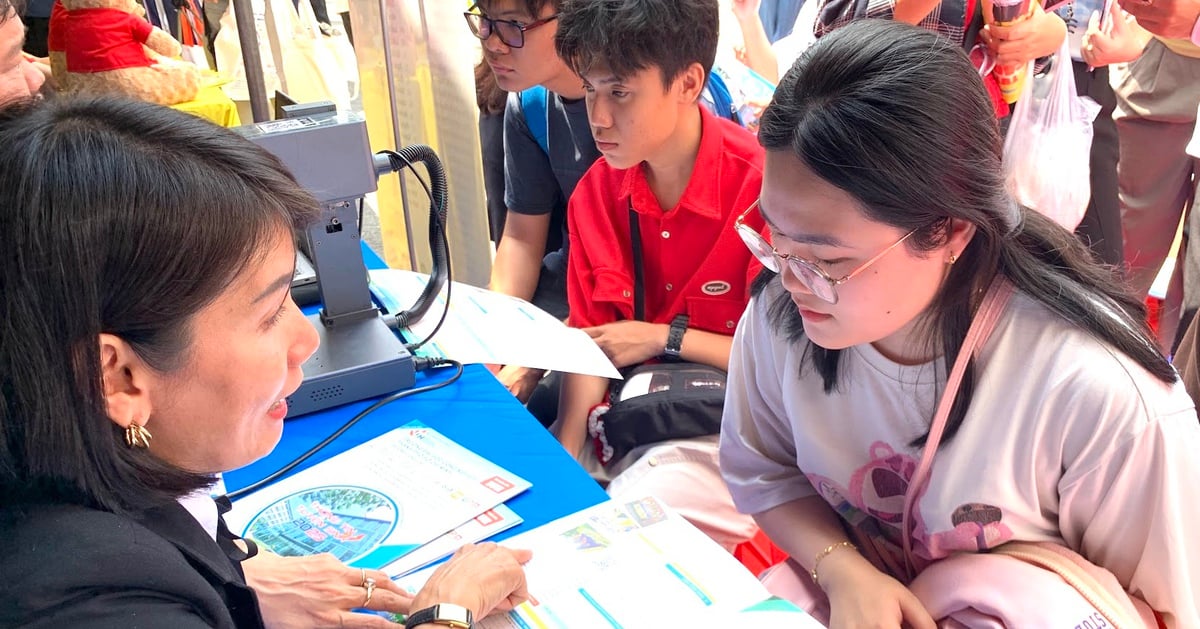

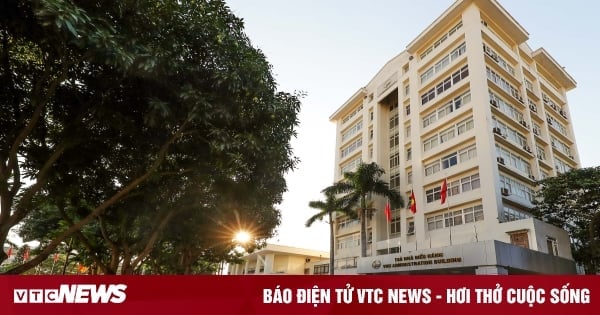

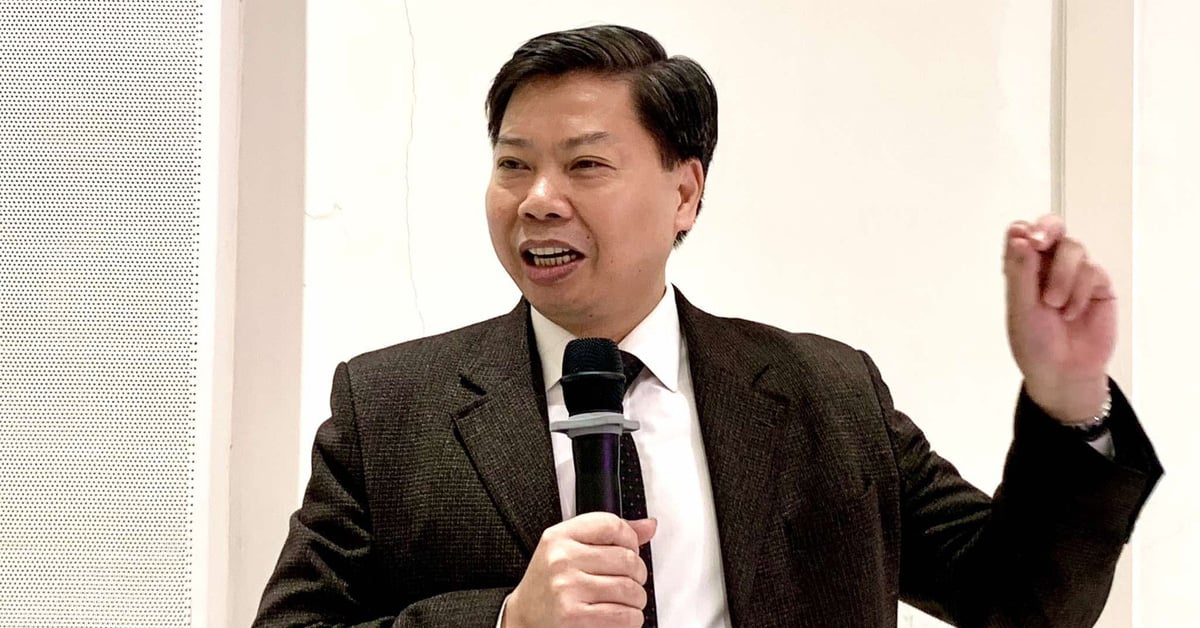
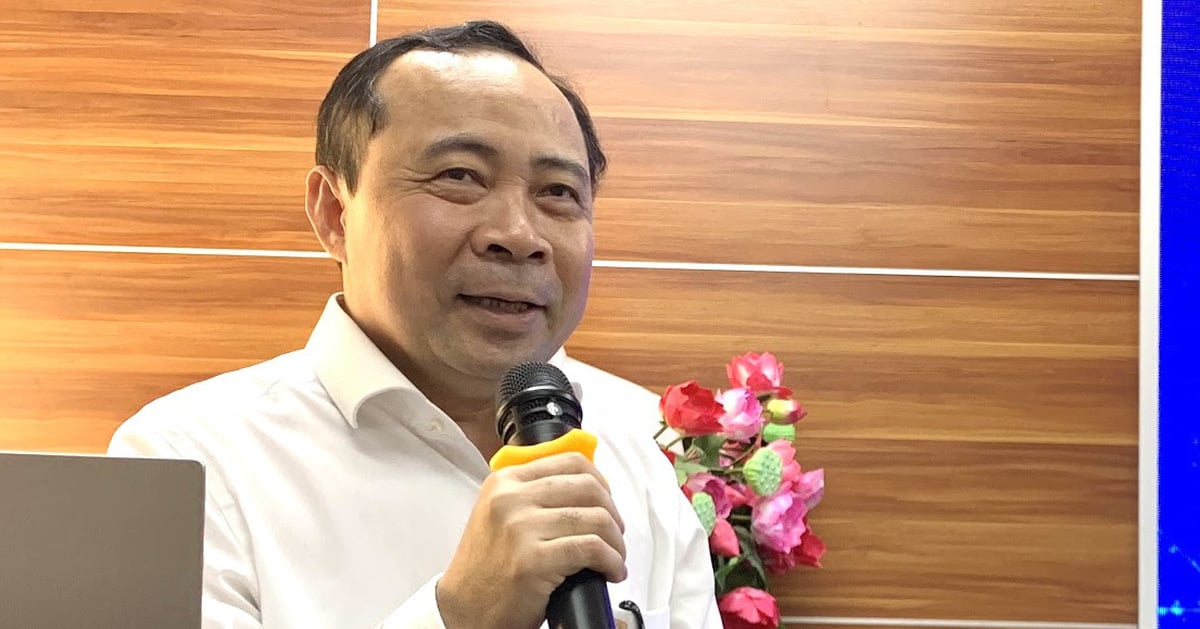


















![[Photo] Closing of the 11th Conference of the 13th Central Committee of the Communist Party of Vietnam](https://vstatic.vietnam.vn/vietnam/resource/IMAGE/2025/4/12/114b57fe6e9b4814a5ddfacf6dfe5b7f)





































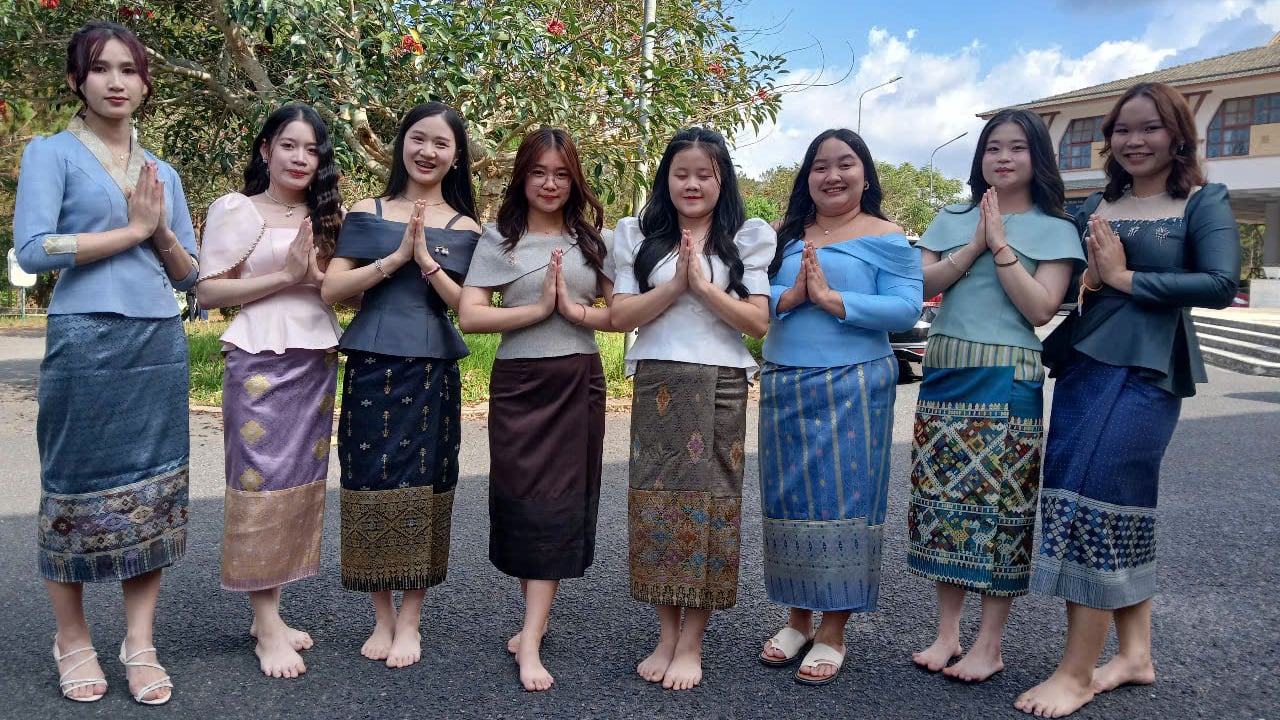





















Comment (0)